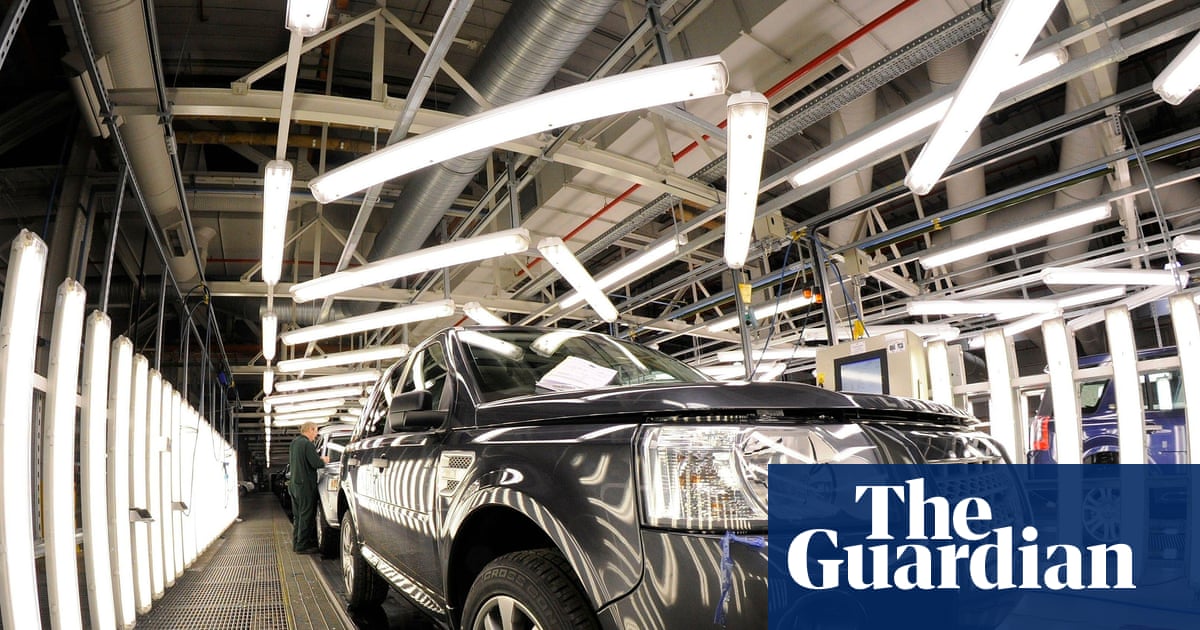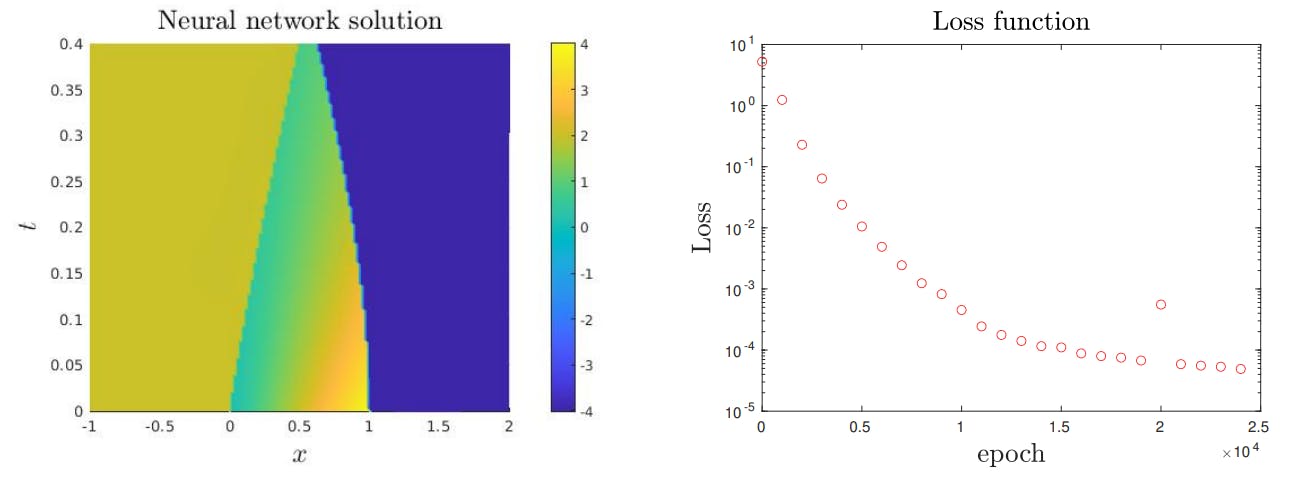NASA has selected Jeff Bezos’ Blue Origin space venture to help it resurrect a mission to send a robotic prospector to the moon’s south polar region.
Blue Origin will be tasked with drawing up a plan to deliver the VIPER rover to the moon in late 2027, using its uncrewed Blue Moon MK1 cargo lander. This would be Blue Origin’s second lunar lander. The first lander is due for launch as early as this year, with the objective of delivering NASA’s SCALPSS camera system and a retroreflective array to the lunar surface.
The newly announced task order, known as CS-7, was awarded through NASA’s Commercial Lunar Payload Services program and has a total potential value of $190 million.
“NASA is leading the world in exploring more of the moon than ever before, and this delivery is just one of many ways we’re leveraging U.S. industry to support a long-term American presence on the lunar surface,” acting NASA Administrator Sean Duffy said today in a news release.
VIPER is designed to explore permanently shadowed regions near the moon’s south pole for signs of volatile materials, including water ice. Such ice could be extracted to produce drinkable water and breathable oxygen as well as hydrogen for rocket fuel. For what it’s worth, VIPER is an acronym that stands for Volatiles Investigating Polar Exploration Rover.
Duffy said the VIPER mission will “help inform future landing sites for our astronauts and better understand the moon’s environment – important insights for sustaining humans over longer missions, as America leads our future in space.”
VIPER was originally due to go to the moon aboard Astrobotic’s Griffin lander, but last year, NASA put the mission on hold due to cost increases and schedule delays. This year, NASA said it was exploring “alternative approaches” for getting VIPER to the moon — a process that led up to today’s announcement.
“Looking forward to partnering with NASA to prepare VIPER for flight on our second MK1 lunar lander,” Blue Origin CEO Dave Limp said in a posting to X. “VIPER is incredibly important, including instruments to help search for resources like ice. This includes our Honeybee Robotics TRIDENT drill, designed to penetrate up to 3 ft, or 1 m, below the lunar surface.”
For its part, Astrobotic said it was “heartened to hear” that VIPER will have the opportunity to fly. “Given the compressed timeline of the CS-7 mission and our commitments to existing customers, Astrobotic made the strategic decision not to submit a bid,” the company said in an emailed statement.
The base task for Blue Origin involves designing accommodations for the VIPER rover and demonstrating how its flight design will offload the rover to the lunar surface. NASA will decide whether to exercise its option to have Blue Origin deliver and deploy the rover after it reviews Blue Origin’s preparatory work and the first flight of the Blue Moon MK1 lander.
VIPER has a targeted science window for its 100-day mission that requires a landing by late 2027. Under the terms of the task order, Blue Origin would handle payload integration, planning and support, as well as post-landing deployment activities. NASA would be in charge of rover operations and science planning.









